Stem Cell Printing Could End Osteoarthritis Pain
Scientists at the University of Pittsburg have developed a new 3D printing technique that can replace cartilage in patients suffering from osteoarthritis.
Over the last few centuries human lifespans have been growing ever longer. While living well into your 80s, 90s and even beyond 100 years can be rewarding, human biology has yet to catch up with modern medicine’s ability to extend our lifetimes. That unfortunate reality leads to the breakdown of some of a body’s tissues well before the end of its life.
One such tissue is the cartilage that cushions contact points between moving and rotating joints. In places where major pressure is exerted like the knee, or the union of the hip and pelvis, degraded cartilage can lead to extremely painful conditions like osteoarthritis.
To combat the sometimes debilitating symptoms of osteoarthritis, Dr. Rocky Tuan and his research team at the University of Pittsburg have developed a 3D printing technique that uses stem cells to print new cartilage.
As part of the new process Tuan and his team harvest stem cells from their patients and then coax the cells into forming cartilage. Once the right biological factors initiate cartilage growth the cells are printed onto a scaffold where they can grow into the appropriate shape. Once mature this tissue can be implanted into a patient and hopefully eliminate most, if not all, of their previous pain.
According to Dr. Tuan, “Osteoarthritis has a severe impact on quality of life, and there is an urgent need to understand the origin of the disease and develop effective treatments.” Taun continues, “We hope that the methods we’re developing will really make a difference, both in the study of the disease and, ultimately, in treatments for people with cartilage degeneration or joint injuries.”
Although Dr. Tuan’s new method for printing is focused on cartilage, a tissue that’s devoid of blood vessels, his use of stem cells begs the question: Could his technique be used for printing more complex tissues? If so, what kind of biological programming would be required to finely tune a biological matrix of blood vessels and tissues? Is that type of multi-tissue printing even possible with current technology?
Regardless, the progress being made by researchers working in the field of bioprinting is moving along at a breakneck pace. Dr. Tuan’s new printing method is just proof of that notion.
Image Courtesy of U. Pittsburgh – Source : http://www.engineering.com/

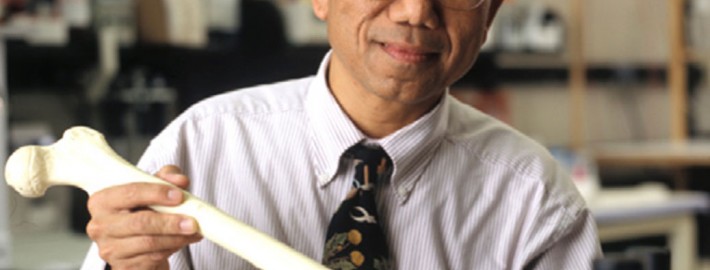
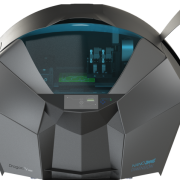
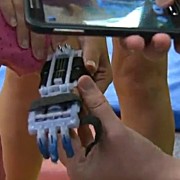
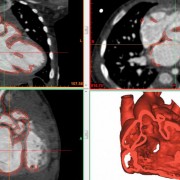



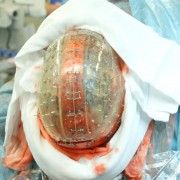
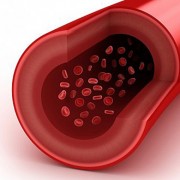



Leave a Reply
Want to join the discussion?Feel free to contribute!